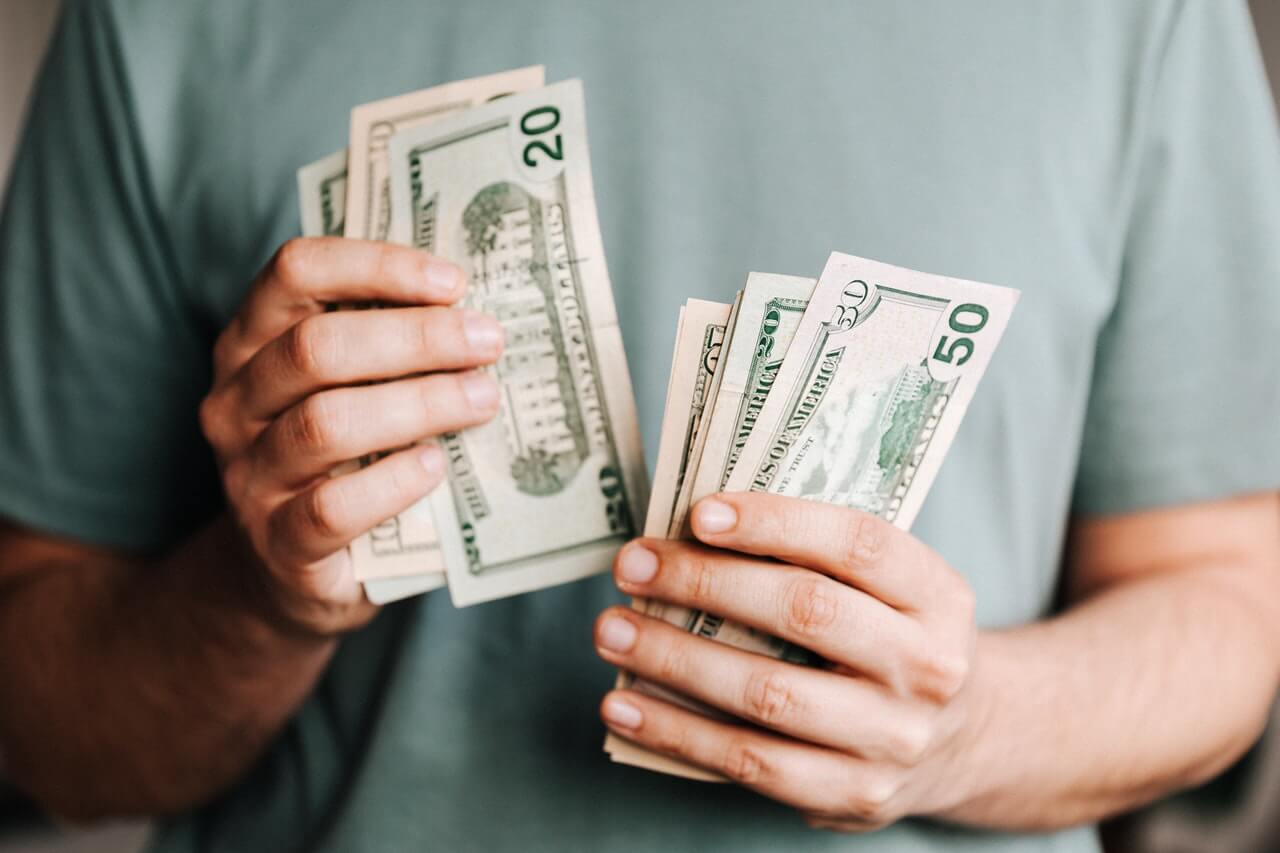What is my gun worth?
Do you have a gun gathering dust in your closet, your garage, or your attic? Maybe you should sell it. The gun market is booming right now, and it's easy to sell for a great price online. But how great? Let's figure out how much your gun is worth.

Do you have a gun gathering dust in your closet, your garage, or your attic? Maybe you should sell it. The gun market is booming right now, and it's easy to sell for a great price online. But how great? Let's figure out how much your gun is worth.
Luckily, you don’t need to be an expert firearm appraiser. Anyone can use the same set of valuation tactics to determine what a guns is worth and what you can expect to make when you sell it online.
Below, we’ll explore the 4 most important factors influencing the value of your gun.
Factor 1: The make & model
The quickest way to find a rough, ballpark estimation of your gun’s value is simply knowing the make and model. "Make" refers to the manufacturer of the gun, like Colt or Remington. "Model" refers to the actual weapon name. While the make is important, certain models can have significantly greater value than others.
For example, a Winchester Model 1894 is one of the most famous and popular rifles of all time, while its cousin, the 1911, is generally known as one of the worst. Whether you agree with the opinions of the masses or not, the popularity of the model can be a major influence on the price.
The model generally implies the caliber, although some models come in multiple calibers. When gun experts talk about caliber, they’re referring to the diameter of the gun barrel and the size of the ammunition the weapon uses. .22LR, 9mm, 5.56, and 12 gauge are some of the most common and popular cages of guns bought and sold across the United States. The caliber of your weapon can make it more or less attractive for certain buyers. For example, some buyers are looking for more powerful guns and therefore look for high caliber weapons which use larger rounds.
Factor 2: The model year and features
Sometimes earlier or later models are more desirable. Maybe an earlier model had a special feature, or is more collectible due to a limited manufacturing run. Wooden stocks are more valuable than plastic ones. Walnut stocks are more valuable than pine. You should research whether your gun's model year is unique in any way.
Factor 3: Condition and quality
Another critical factor is the condition of your weapon. Even if you have a gun in extremely high demand, you won’t get as much for it in poor condition.
Typically, expert gun appraisers use a 5-level scale for assessing condition:
- New: Completely un-used, in the original packaging.
- Excellent: Hardly used, with few or no signs of wear.
- Good: Has signs of wear, but no substantial mechanical or cosmetic defects.
- Fair: Substantial mechanical or cosmetic defects, but operational.
- Poor: Major mechanical or cosmetic defects, and may not be operational or even fixable.
It’s important to be honest with yourself about the condition of your gun. When in doubt, it never hurts to get an opinion from a friend, or a local gun shop or gunsmith.
For older weapons, there are a few exceptions to the rules:
- Patina. If your weapon has developed a natural patina over years of use, do not worry. That patina is actually considered a positive by many appraisers and buyers, helping the weapon retain its value. Especially in older weapons, that patina is highly valued as a mark of the authenticity and history of the firearm.
- Antiques (more than 100 years old). While anything will be more valuable when operational, antiques are not expected to be operational. Just because an antique cannot be safely operated does not necessarily mean the value takes a big hit (as it does with modern weapons).
Factor 4: Modifications
Modifications are trickier to account for when determining the value of your gun. Some buyers are looking for a gun in original condition, either for collector's purposes or to make their own modifications. Also, buyers know that not all modifications are created equal. One man's mod might be another man's nightmare. However, there are a few general rules. If you’ve added high quality parts, especially if you've had a professional gunsmith do the work, you can expect the value to increase. If you sawed off the barrel with a rusty hacksaw, you’ve probably cost yourself some dough on the resale. You'll have to set your own expectations on this factor.
Appraisal Resources
Finally, you should double-check the estimate you’ve created by using an appraisal website. Doing so can help you get a more realistic picture of what to expect, taking all of the above factors into consideration. While there are many great resources out there, here are two of our favorites:
It also helps to visit websites like GunBroker, ArmsList, and Gun.Deals to see what similar items are actually selling for right now.
How to get paid
PayPal, Venmo, and all other payment platforms prohibit gun-related transactions. They will seize your payments and permanently suspend your accounts. And money orders are what scammers prefer, in addition to being slow and annoying.
GunTab is the safest, easiest way to get paid for gun-related transactions. It allows you to accept credit card and bank account payments online, even as a private individual. It helps the buyer select a local gun dealer, and automatically tracks your shipment. Basically, it's everything you need to complete your sale. It's free to open an account, try it now.
